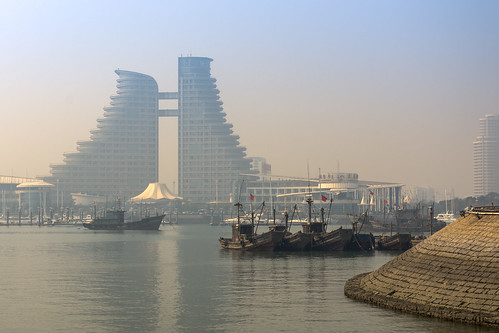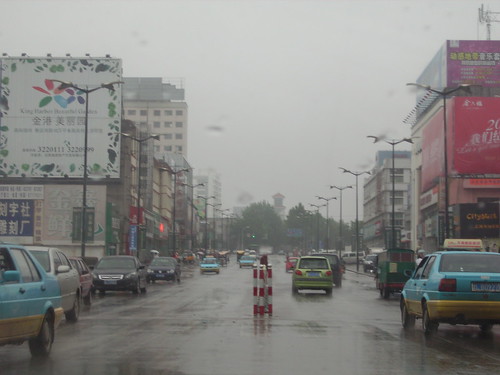by May Hald
The need for sustainable urban planning and development reached an important point in 2007, when half of the world’s population was defined as living in cities. This need is especially true for a country like China, where an unprecedented urban-rural migration has been taking place since 1978. Such a mass movement has posed many sustainability challenges for Chinese cities; for example, China is home to 16 of the 20 most polluted cities in the world. Now China’s leaders are attempting to use the country’s transition to a market economy and integration into the global economy to advance environmental and social issues, also on an urban level. One way the country is confronting urban growth and sustainability challenges is through an eco-city development approach. The eco-city concept is relatively new in China, and is being used in cities such as Tianjin and Dongtan near Shanghai. Whether eco-cities address the main problems associated with urban development and sustainability, however, rests on a broader, more fundamental planning approach that would streamline the goals and priorities of a large number of stakeholders, focus on existing city problems and look at small-scale eco- initiatives for answers, and thus remains in question.
photos of Rizhao, China:


more about urban China:
No comments:
Post a Comment